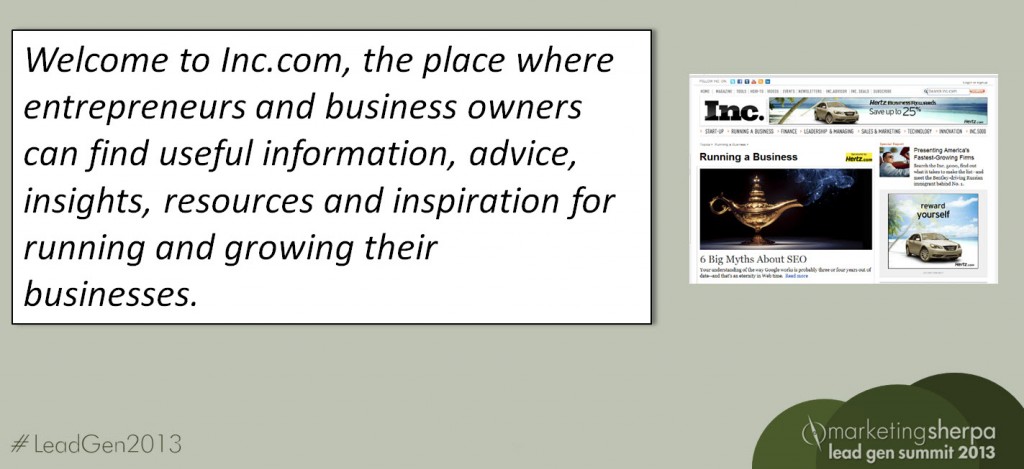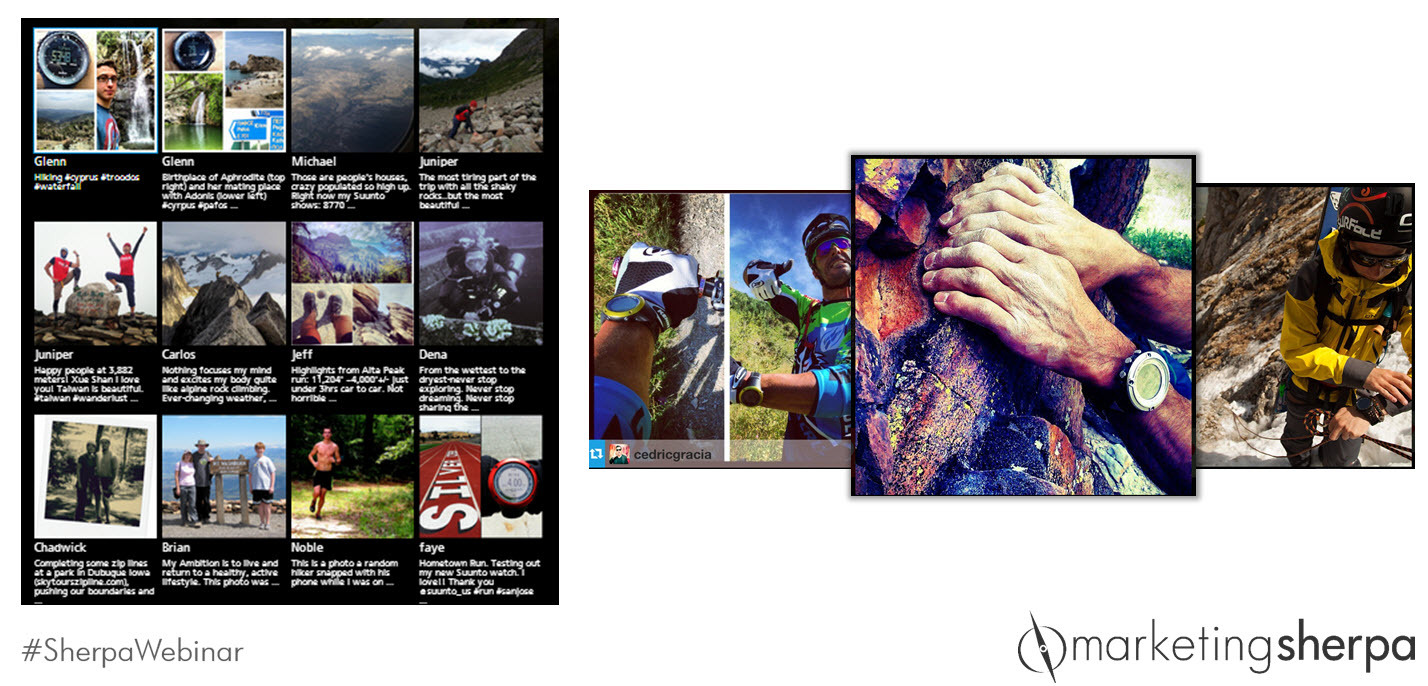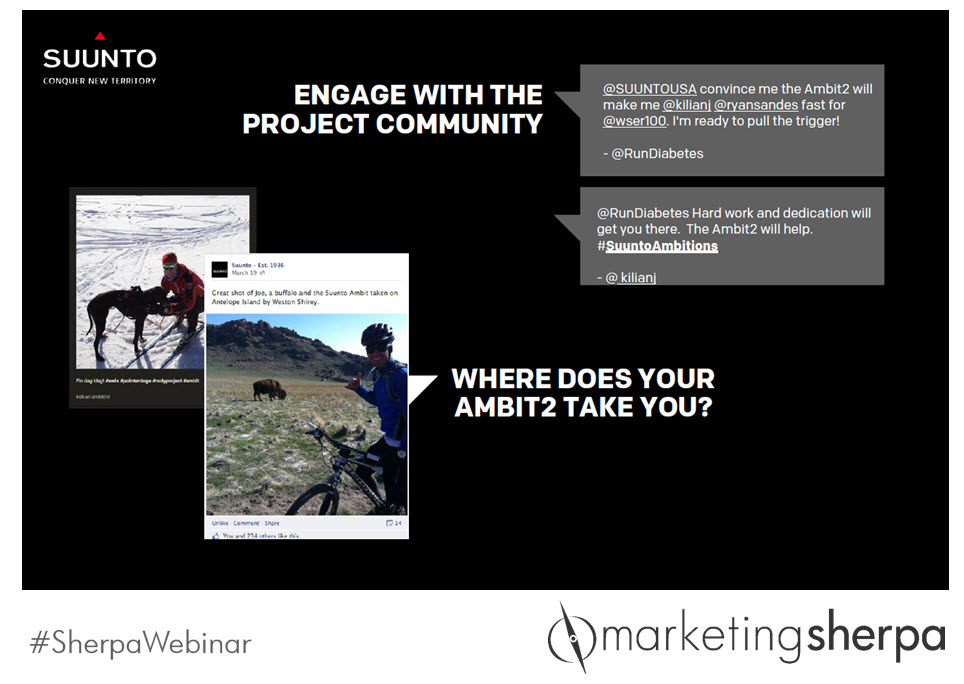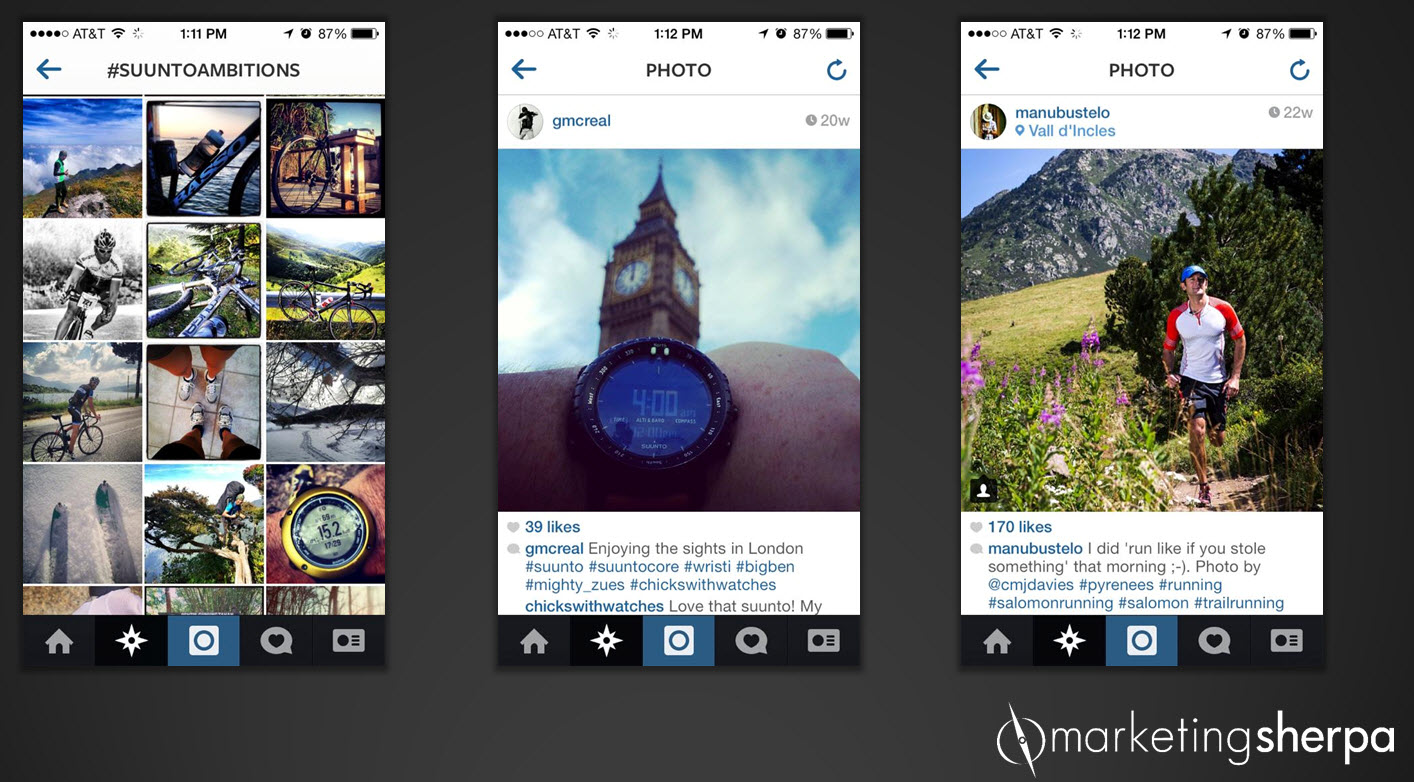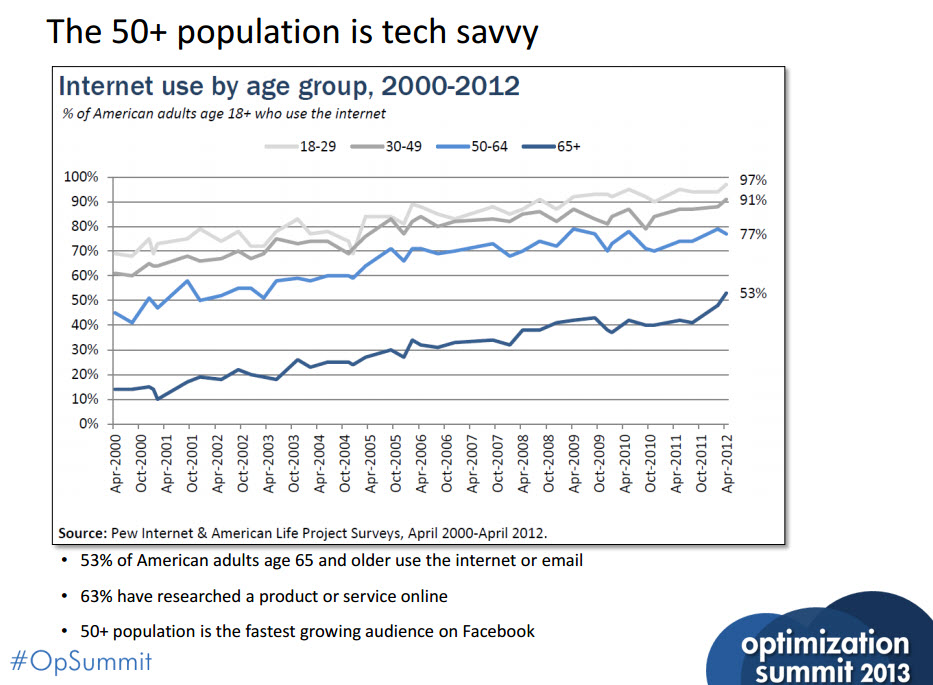Social media is almost certainly a part of your marketing mix by this point. Facebook and Twitter are the two overall leaders, and B2B marketers are probably at least looking into how to leverage LinkedIn. Then, there are a host of additional social media platforms such as StumbleUpon, SlideShare, Pinterest, Vine, Quora and many others.
One platform that probably isn’t on most marketers’ radars is Reddit. Marketing tactics on Reddit are not readily obvious, and the platform’s users are not there to be marketed to and don’t welcome any interaction that feels like marketing.
Should you consider Reddit in your social media strategy? If so, how should you approach the platform?
To answer these questions, we reached out to two experts in marketing on Reddit: Brent Csutoras, Social Media Strategist, Kairay Media; and Greg Finn, Internet Marketer, Cypress North.
Here is the result of that discussion.
MarketingSherpa: It sounds like a key challenge to marketing on Reddit is the platform’s policies toward that activity. Briefly cover what marketers should know and understand about these policies.
Brent Csutoras: It is very important to first understand that Reddit is not a single community, but rather a platform to either join existing communities or to create your own communities. Each community is made by a Redditor who then can add moderators and who makes the rules for which everyone in the community must follow. It is super important before trying to submit any content to Reddit to understand the moderators and the rules for each Subreddit you intend to submit your content to.
For instance, some Subreddits will not allow certain domains to be submitted to their community, some like “TodayILearned” require content to be at least two months old, and some like “/worldnews” do not allow news about the U.S.
As to the challenge of marketing to an audience who is by nature against the concept of marketing, it definitely takes someone with a long-term goal and general interest in Reddit to balance the line between being a valuable member of the community, while at the same time, trying to submit your own content.
Greg Finn: The biggest question to ask when participating in Reddit is: Are you contributing? That’s essentially what you should be asking yourself before beginning any type of “marketing.” One of the lines in Reddit’s User Agreement is:
“Cluttering Reddit with junk or spam reduces the quality of the Reddit experience.”
Make sure that you are going into the site with the mindset of increasing the quality of content shared. Also, while not blatantly obvious in the user agreement, you should not be too promotional with your content. Reddit moderators will swiftly ban users that only submitting their own content or commenting with their own links. Treat it like a forum and build credibility in a specific Subreddit, add to the community, then start marketing.
MS: Beyond the key challenge addressed above, what are some of the unique marketing challenges (and potential advantages) faced when marketing on Reddit over other social media platforms and other digital marketing channels such as email and paid search?
BC: I mentioned earlier, how individuals really need to make sure they understand the rules of each Subreddit they are submitting to in order to have any real chance at long-term success.
Another challenge that people might now understand is that Reddit has a lot of anti-spam elements at play on the site. New users to a Subreddit, and in some cases, new domains, can find themselves being auto-filtered or even silent-filtered, where their submissions might show as submitted to them, but are actually hidden from all other users until it becomes approved by a moderator.
Lastly, it is really important to understand Reddit’s voting algorithm, which, to put it simply, values the combination of the first 10 votes the same as the following combination of the next 100 votes, and then 1000 votes, and so on. This means that what happens during the first 10 votes of your submission are super important. Choosing the right Subreddit, knowing what type of content the moderators support, and selecting the best title when submitting are key to making sure your first couple votes are positive.
GF: The biggest challenge is undoubtedly the volatility of the community. There are dozens of unwritten rules that exist and can kill your promotion on arrival if you don’t follow along. If using images, submit with Imgur. Videos? Use YouTube. Follow along with the community, learn the inner workings before giving it a try.
One of the biggest challenges is the sheer competitiveness of Reddit these days. You need quality content, a killer title and a dash of luck to strike it big.
MS: What are some actionable tactics or tips for marketers looking to add Reddit to their digital marketing mix?
BC: Start by identifying the Subreddits you really want to participate and submit to, followed by learning what works in the Subreddit, both from the community’s acceptance and support, and from what the moderators are going to approve and support. Make sure to fully understand the rules of the Subreddit prior to submitting any content.
Never submit something that doesn’t fit into a Subreddit. It will almost always get removed, which can result in you having filters applied to your submissions and possible having your account silent banned.
You simply do not win on Reddit with brute force.
Lastly, you have to be a Reddit user first and foremost, to really understand how to be an effective marketer within Reddit.
GF: Far and away, the most valuable tactic is to go niche. Every marketer is looking for the homerun, but you can easily hit .400 while driving the right mix of targeted traffic to your site. Reddit has individual sections called Subreddits that are niche communities around a specific topic. These Subreddits have the most potential as you can get your content in front of a (smaller) group of highly targeted users.
Local business? Look for a local Subreddit near you and scope the scene.
Got a book about parenting? Head to r/parenting.
Manufacture crockpots? Try /r/slowcooking.
There is a Subreddit for everything. Seriously, take a look. Jump into a community that fits your niche and start participating. The numbers won’t be overwhelming, but the quality will.
Read more…




